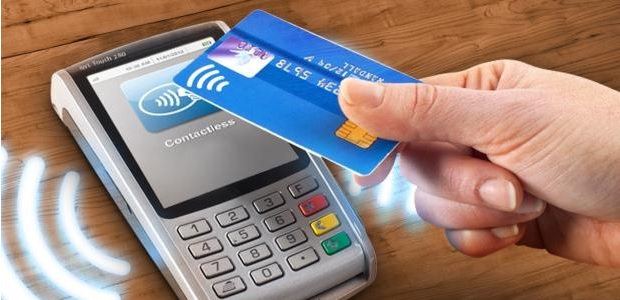
British consumers made contactless transactions to the value of £25bn (US$30.6bn) last year, up from £7.75bn (US$9.48bn) in 2015, The UK Cards Association reports. One in four card payments in the UK was made using a contactless card in November 2016, up from one in seven at the beginning of the year.
Adoption of contactless payments in the UK is growing fastest among those aged over 60, Barclaycard says, with the number of contactless users in the age group increasing 64% in the last 12 months. The 50-64 age group shows the next highest increase at 60%, followed by 35-49 year-olds (45%), 25-34 year-olds (30%) and 18-24 year-olds (23%).
Consumers spent £647 billion using payment cards in 2016, new figures show. There were 14.8 billion card transactions in 2016, equivalent to 40.5 million transactions a day or 469 a second, data from The UK Cards Association shows.
Three-quarters of retail spending (76.4 per cent) was on payment cards. Retail spending on cards in 2016 was £298 billion, compared to £290 billion in 2015.The majority of card spending in 2016 was made via debit cards, which accounted for £461 billion of spending.
Total card spending in 2015 was £620 billion.Contactless payments accounted for £25 billion of spending, compared to £7.75 billion in 2015, with 2.9 billion contactless transactions made in 2016. In January 2016, one in seven card payments were made using contactless, compared to one in four in November.
Graham Peacop, Chief Executive of The UK Cards Association, said:“Cards are the preferred way to pay for millions of consumers and underpin the retail economy.“Contactless cards are increasingly becoming the payment method of choice for everyday, low-value purchases, with a quarter of card payments now contactless.”
The sub-sector with the highest spending was on food and drink, at £114 billion during 2016, an average of £9.5 billion per month.
Data from Barclaycard‘s latest Contactless Spending Index confirms the trend, with the card issuer saying that 55% of all transactions below the contactless spending limit of £30 (US$36.70) are now being performed using contactless technology.
“With all major supermarkets now accepting contactless following the roll-out by Sainsbury’s late last year, groceries bought through ‘touch and go’ technology have risen 136% by value and 114% by volume in the last 12 months — as shoppers make higher value purchases with their contactless cards and devices and also use them more frequently,” Barclaycard says.
“It’s not just supermarkets, however, that are enjoying a roaring contactless trade. Other sectors to have seen a steep year-on-year rise in ‘touch and go’ spending are: service stations (218%), department stores (147%), discount stores (120%), hotels and motels (100%) and convenience stores (87%).”
Analysis of transaction data and a consumer survey conducted by payments processor Worldpay in February found similar growth in mobile transactions, with the number of mobile transactions as a percentage of all in-store transactions up by 247% in the UK over the last year.
The UK Cards Association is the trade body for the card payments industry in the UK, representing financial institutions which act as card issuers and acquirers.
Source: The UK Cards Association
Banking 4.0 – „how was the experience for you”
„So many people are coming here to Bucharest, people that I see and interact on linkedin and now I get the change to meet them in person. It was like being to the Football World Cup but this was the World Cup on linkedin in payments and open banking.”
Many more interesting quotes in the video below: